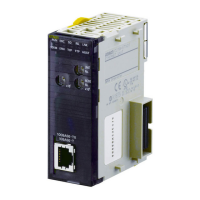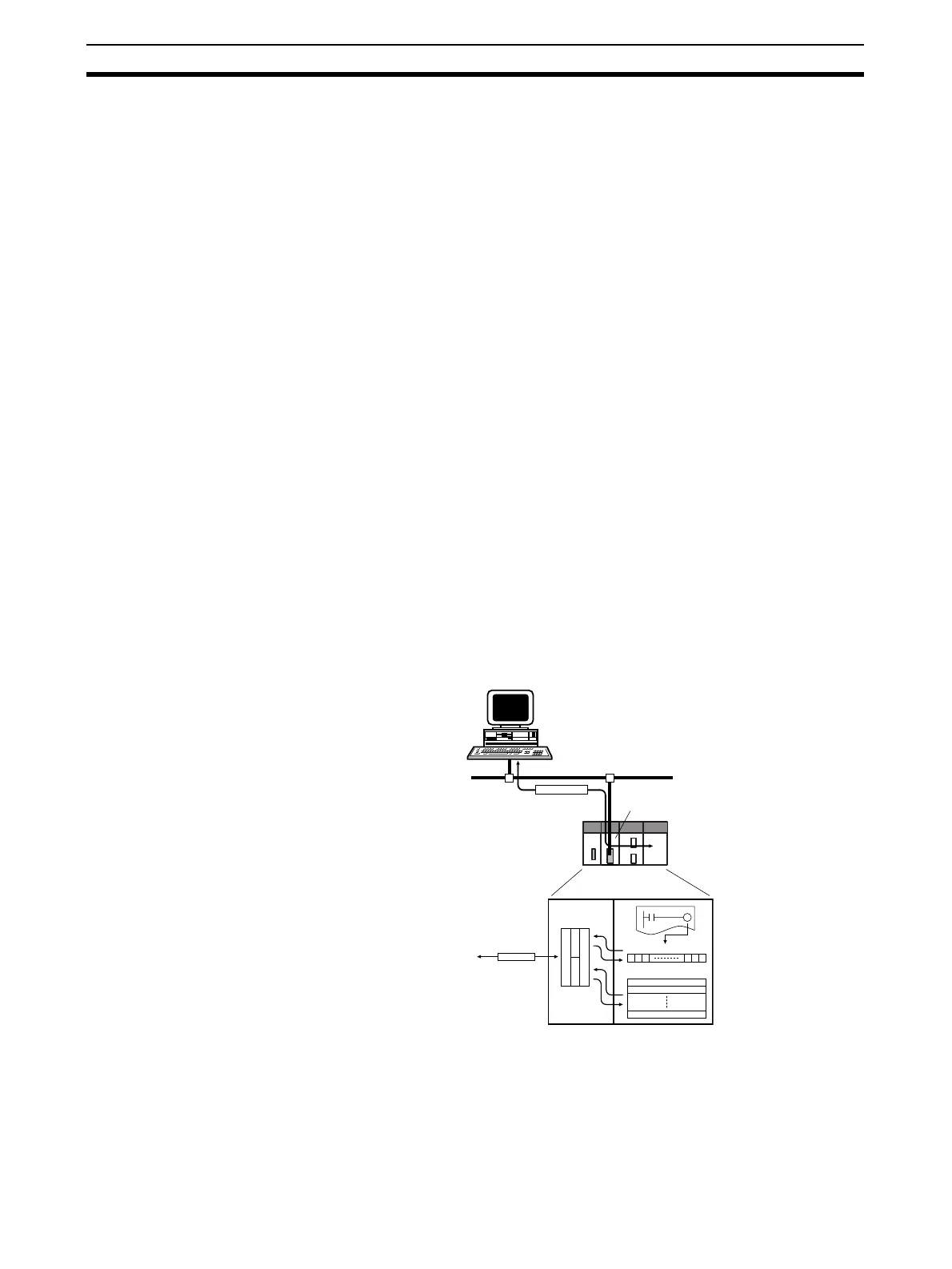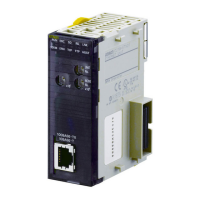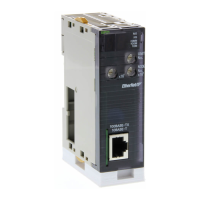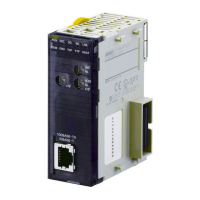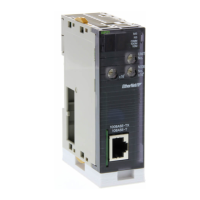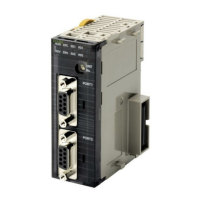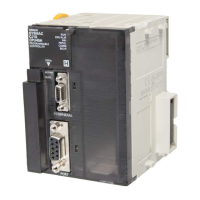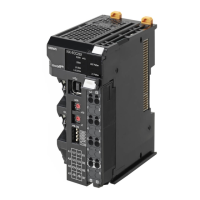18
Overview of Communications Functions Section 1-5
• Even if the IP address and UDP port number of the host computer (a
DHCP client computer) are changed, it is still possible for the host com-
puter to send FINS commands to PLCs on the Ethernet network and to
receive responses. When UDP is used, either the automatic generation
(dynamic) method or the IP address table method must be selected for IP
address conversion. When TCP is used, changes in IP address and TCP
port numbers are handled automatically.
• Multiple FINS applications (CX-Programmer and user-created application
programs) at the same computer can be connected online to a PLC via
Ethernet (using either TCP/IP or UDP/IP).
1-5-2 Socket Services
The socket services allow devices on the Ethernet to send and receive vari-
ous data using either the UDP or TCP protocol.
Manipulating Dedicated
Control Bits
One way to use socket services is to set the required parameters in the
parameter area allocated in the DM Area, and then to request particular UDP
or TCP socket services by turning ON dedicated control bits in memory. When
the Ethernet Unit has completed the requested process, the same bit is
turned OFF to provide notification. Data that is sent or received is automati-
cally handled according to the I/O memory locations specified in the parame-
ter area.
There is no need to execute the CMND(490) instruction or to monitor the com-
pletion timing and actual processing of the instruction, so this helps to simplify
ladder programming.
A total of eight ports (UDP and TCP combined) can be used for socket ser-
vices.
Starting with unit version 1.5, the performance of sending and receiving has
been improved by using the option settings.
Ethernet
Ethernet Unit
Service request switch
Parameters
UNIX computer, etc.
(node with socket
services interface)
CS/CJ-series
CPU Unit
TCP/UDP
protocol
TCP/UDP
protocol
IP
TCPUDP
Socket
Ethernet Unit CS/CJ-series
CPU Unit
